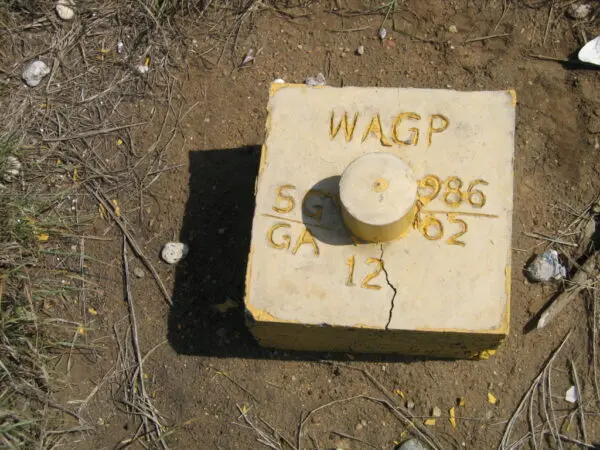Ineke Steinhauer
Technical secretary


The NCEA reviewed the Environmental Impact Assessment (EIA) for the West African gas pipeline and concluded that some elements were missing. Some of these were considered essential issues which should be addressed before sound decision-making on license granting is possible. These issues were addressed in an EIA addendum, which was subsequently also reviewed by the NCEA.
The West African Gas Pipeline Company Ltd. (WAPCo) intends to construct an onshore and offshore gas pipeline to deliver natural gas from Nigeria to Benin, Togo and Ghana. The Environmental Protection Agency (EPA) of Ghana received the EIA report for this project, in line with regulations. Due to the complex nature of the project (strategic, with potential transboundary impacts and strong interest of the public), the EPA composed an inter-sectoral team to review the EIA report. Via the Netherlands Embassy in Ghana, the EPA asked the NCEA to assist the review team. A joint review by the review team and the NCEA would improve the review process and its outcomes, and simultaneously enhance the capacity of the review team.
The NCEA formed a working group of experts, with expertise in various disciplines. After a site visit during which the working group participated in review meetings, the NCEA issued its advice. The NCEA used the Terms of Reference (ToR) for this EIA, which it had previously advised on, as a review framework. General conclusions included:
A number of less urgent deficiencies are also addressed in the review, with the recommendation to use them as conditions for license granting instead of having them remedied before license granting. Lastly, the NCEA provided recommendations on stakeholder consultation and on EPA's review process and outputs.
The NCEA's recommendations on the issues listed above were accepted by the EPA, and an addendum to the EIA report was prepared. The EPA requested the NCEA to review this addendum. In this second review, it mentioned among others the following general remarks and recommendations:
Apart from these general remarks, the NCEA's advise gives some detailed comments.
West African Gas Pipeline Company Ltd. (WAPCo)
EPA - Environmental Protection Agency